PublicCEO: CARES Act Establishes Rules for Coronavirus-Related Distributions from 457(b) Plans
Public Employers Can Amend Plans to Allow Coronavirus-Related Distributions
By Jeff Chang
One provision of the recently signed $2.2 trillion federal economic rescue package allows public employers to grant employees access to their retirement-savings accounts during the coronavirus epidemic.
The Coronavirus Aid, Relief, and Economic Security Act (or CARES Act) created a new emergency retirement plan distribution option, labeled a coronavirus-related distribution, providing affected workers access to their 401(k)s, 403(b)s, IRAs and governmental 457(b)s under certain circumstances.
This article specifically focuses on governmental 457(b)s.
In general, 457(b) plans cannot make distributions while an employee is still working.
There are some exceptions for in-service distributions after a public employee reaches a certain age — previously that was 70½, but this may be lowered by the employer to 59½ under the Setting Every Community Up for Retirement Enhancement Act of 2019 — and for authorized plan loans.
Distribution exceptions can also be made in the case of an “unforeseeable emergency,” such as an illness, accident or natural disasters. Historically, unforeseeable emergency distributions have not been widely used because of the very limited circumstances under which they are granted.
Existing rules allowing public employers to grant public employees with access to their 457(b) accounts for unforeseeable emergency distributions still remain in place. However, under the CARES Act, workers impacted by coronavirus will be able to take advantage of more favorable rules for distributions if their employer allows it.
Generally, the CARES Act defines a coronavirus-related distribution as any withdrawal from an eligible retirement plan made between Jan. 1, 2020 and Dec. 31, 2020 to an individual:
- Who is diagnosed with SARS-CoV-2 or coronavirus disease 2019 (COVID-19) by a test approved by the Centers for Disease Control and Prevention
- Whose spouse or dependent (as defined in section 152 of the Internal Revenue Code) is diagnosed with such virus or disease by the test, or
- Who experiences adverse financial consequences as a result of being quarantined, furloughed, laid off, losing work hours or being unable to work due to lack of child care because of coronavirus
According to the CARES Act, a distribution can be made based on an employee’s certification that the request qualifies as a coronavirus-related distribution.
The CARES Act will allow eligible individuals to withdraw up to $100,000 for coronavirus-related distributions from their authorized retirement plan, or plans, of a single employer. This limit also appears to take into account any IRAs from which a coronavirus-related distribution is taken from.
While these distributions are taxable, they do receive some special tax treatment. Unless recipients elect out, coronavirus-related distributions will be taxed as though they were received over a 3-year period. So, if an employee takes a coronavirus-related distribution, they will be able to pay the taxes owed over a 3-year period. The tax payments can be paid in either a one-time or series of payments. Recipients will be able to waive any tax withholding on these distributions, if they choose. Coronavirus-related distributions, like all other 457(b) distributions, are also not subject to the 10 percent early-withdrawal penalty.
If an eligible employee repays some, or all, of the coronavirus-related distributions through contributions to an eligible plan within 3 years of when the distributions were taken, the re-contributed amounts will be treated as if they are part of a tax-free rollover. Meaning coronavirus-related distribution recipients can replenish their 457(b) accounts without regard to otherwise applicable plan contribution limits over the course of 3 years.
While public employers await clarifying guidance from the IRS and Department of the Treasury, they should familiarize themselves with the new coronavirus-related distribution rules.
The CARES Act’s provisions are effective now. Therefore, public agencies already have it in their power to alter their 457(b) plans to allow employees to take coronavirus-related distributions.
Public agencies, however, may only want to make coronavirus-related distributions available to employees once agency leaders have consulted with advisors and feel confident about executing the distributions in accordance to the new rules.
Agencies may choose to implement changes now, but all affected retirement plans will eventually need to be amended to provide for — and comply with — the CARES Act’s new rules and clarifying guidance issued at a later date. Public agencies will have until 2024 to amend their retirement plan documents to retroactively reflect these rules.
It’s important to note that, although the CARES Act’s coronavirus-related distribution rules provide a special exception to the normal plan rules restricting distributions, any violation of the new rules could adversely impact a plan’s tax status.
This article first appeared in PublicCEO.com on April 8, 2020. Republished with permission.

